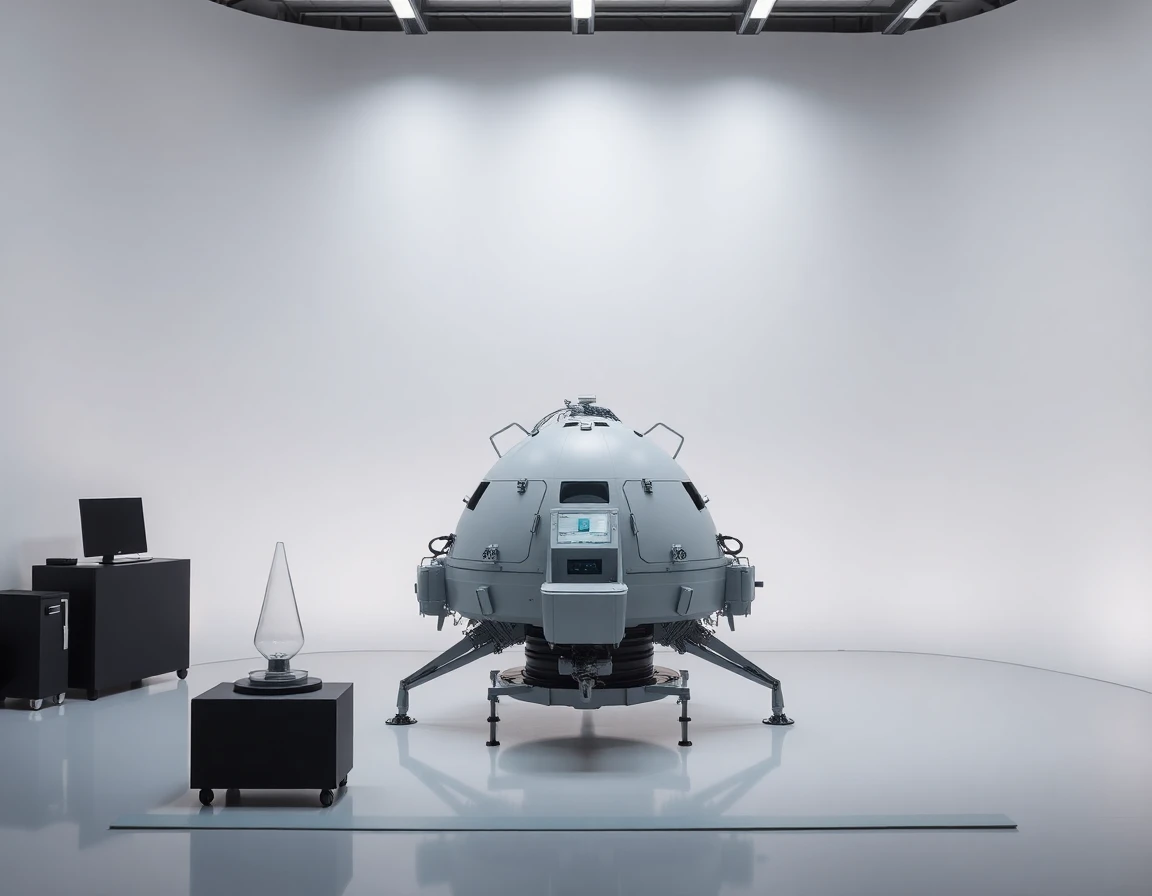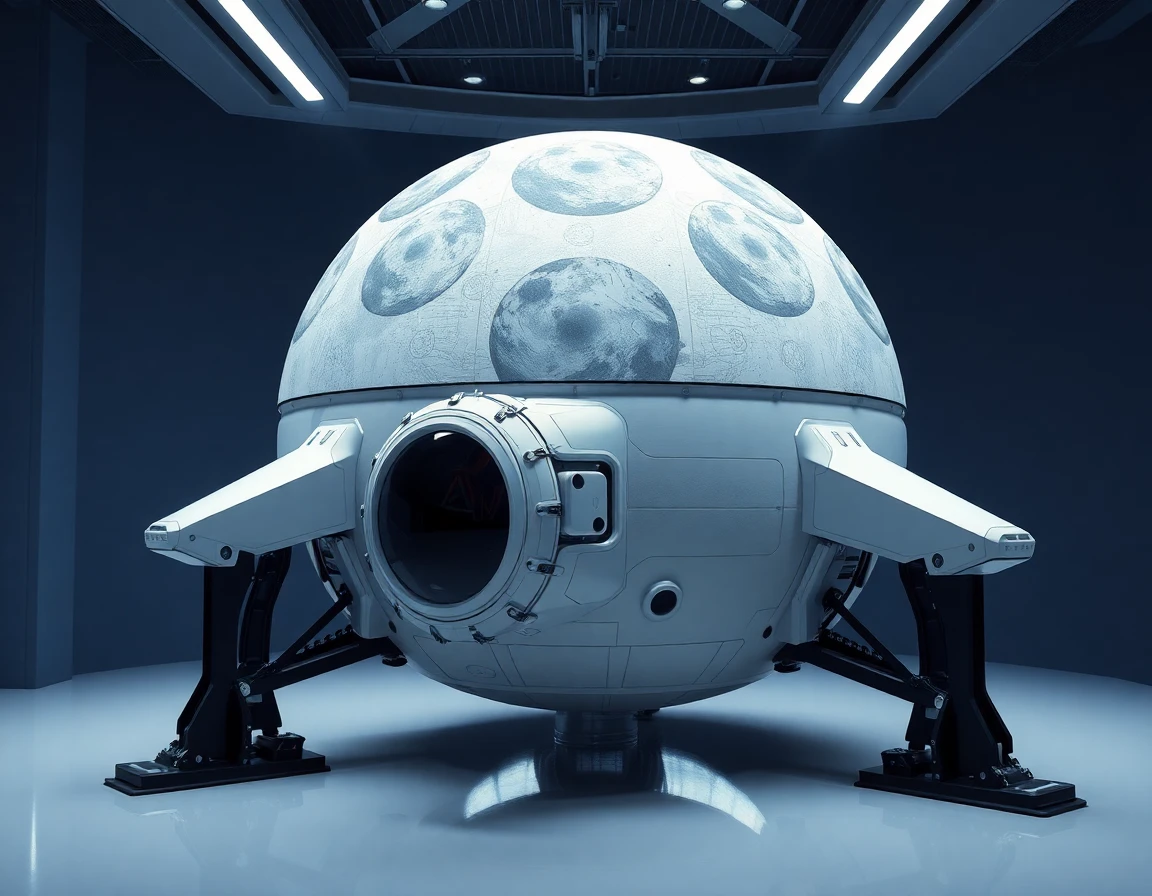NASA is on the brink of a new chapter in space exploration with the upcoming Artemis II mission, which is set to send astronauts around the Moon for the first time since the Apollo program. This mission is not only a significant milestone in human spaceflight but also a critical step towards establishing a sustainable human presence on the lunar surface and preparing for future missions to Mars.
The Significance of Artemis II
The Artemis II mission is part of NASA’s broader Artemis program, which aims to return humans to the Moon and eventually facilitate exploration of Mars. Scheduled to launch in late 2024, Artemis II will carry a crew of four astronauts aboard the Orion spacecraft, which is designed to support deep space missions. The primary objective of this mission is to demonstrate the capabilities of the Orion spacecraft and the Space Launch System (SLS), the most powerful rocket ever built.
According to NASA Administrator Bill Nelson, “Artemis II is a testament to our commitment to exploring the Moon, Mars, and beyond. It represents the next giant leap for mankind.” The mission will help validate critical systems and technologies needed for future lunar landings and sustainable exploration.
Technical Specifications of the Orion Spacecraft
The Orion spacecraft, which has been under development for over a decade, is equipped with state-of-the-art technology to ensure the safety and success of the crew. Key specifications include:
- Launch Mass: Approximately 22,500 kg (49,500 lbs)
- Crew Capacity: Up to four astronauts for deep space missions
- Power Generation: Solar arrays capable of generating 600 watts of power
- Life Support Systems: Advanced environmental control and life support systems to sustain astronauts for extended periods in space
The Orion spacecraft will orbit the Moon at a distance of approximately 6,400 kilometers (about 4,000 miles) for about 10 days before returning to Earth, providing critical data about its performance in the deep space environment.
The Role of Space Launch System (SLS)
The Space Launch System (SLS) is another cornerstone of the Artemis program. With a height of 98 meters (322 feet) and a lift capacity of 95 metric tons (approximately 209,000 lbs), the SLS is designed to carry not only the Orion spacecraft but also large payloads needed for lunar exploration.
Dr. John Honeycutt, NASA’s SLS Program Manager, emphasized the importance of SLS for future missions: “The SLS is a game-changer for deep space exploration, enabling us to send larger payloads and crew to the Moon and beyond than ever before.”
Industry Context and Collaboration
The Artemis II mission is not just a NASA endeavor; it involves extensive collaboration with commercial partners and international space agencies. Companies such as Boeing, Lockheed Martin, and Northrop Grumman have played pivotal roles in developing the SLS and Orion spacecraft. This collaborative approach not only accelerates technological advancements but also fosters a spirit of international cooperation in space exploration.
As the Artemis program progresses, NASA has also engaged with global partners including the European Space Agency (ESA) and the Canadian Space Agency (CSA). These partnerships are crucial for developing technologies such as the Lunar Gateway, a space station that will orbit the Moon and support long-term missions.
Potential Impacts and Future Developments
The Artemis II mission is set to have far-reaching impacts on science, technology, and international collaboration. Successful execution of this mission will pave the way for the Artemis III mission, which aims to land astronauts on the lunar surface, including the first woman and the next man.
Moreover, the technologies validated during Artemis II will be instrumental in future Mars missions. Dr. Emily Lawson, an aerospace engineer with NASA, remarked, “The Artemis program is laying the groundwork for human exploration of Mars. The lessons we learn from our lunar missions will directly inform our approach to sending humans to the Red Planet.”
Conclusion: A Historic Journey Ahead
As we stand on the cusp of a new era in space exploration, the Artemis II mission promises not only to rekindle humanity’s relationship with the Moon but also to unlock the secrets of our solar system. With its ambitious goals and innovative technologies, Artemis II is set to inspire generations to come and reignite interest in space exploration.
As NASA prepares for this historic journey, the world watches with anticipation for what lies beyond our planet, reminding us that the quest for knowledge and exploration is an integral part of the human spirit.



